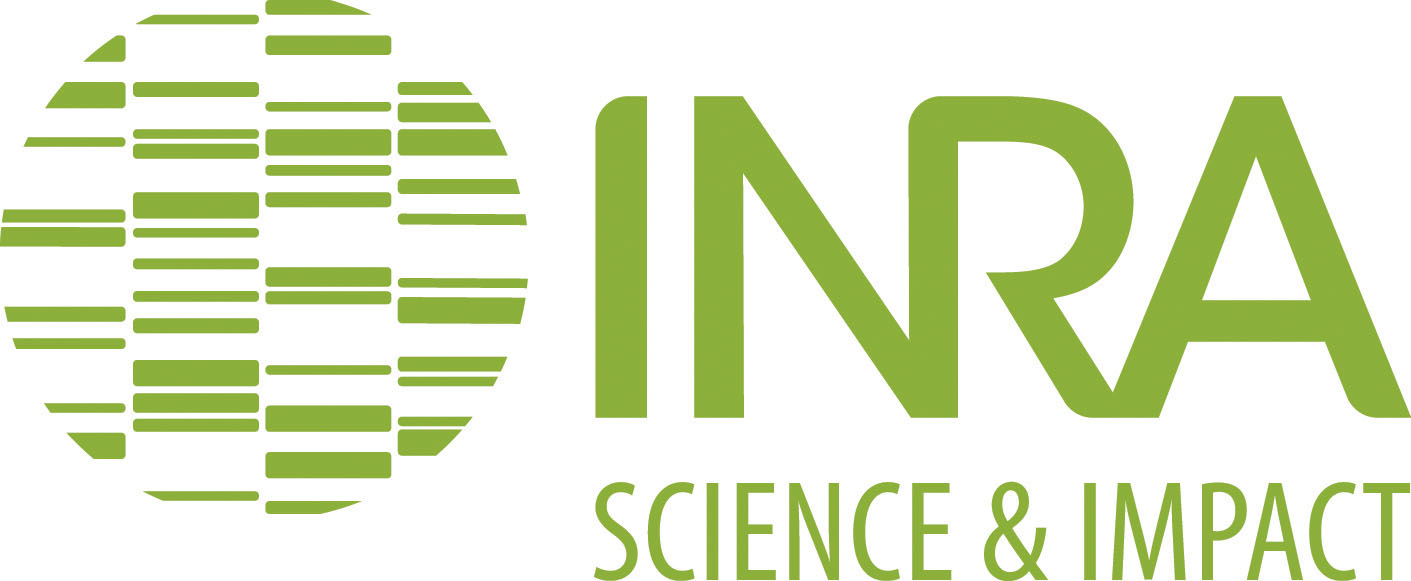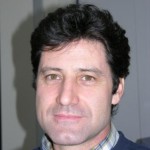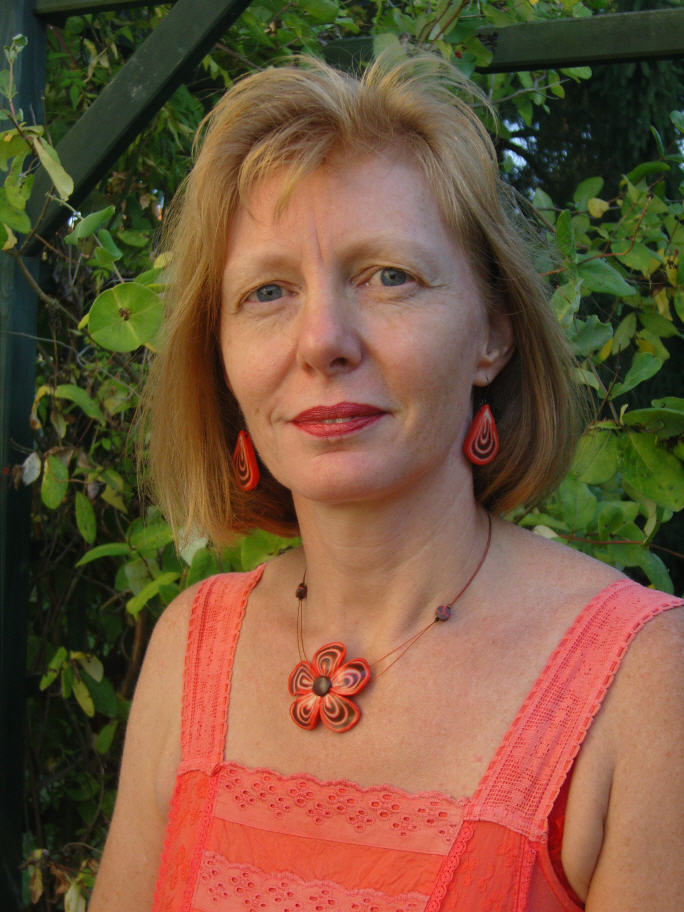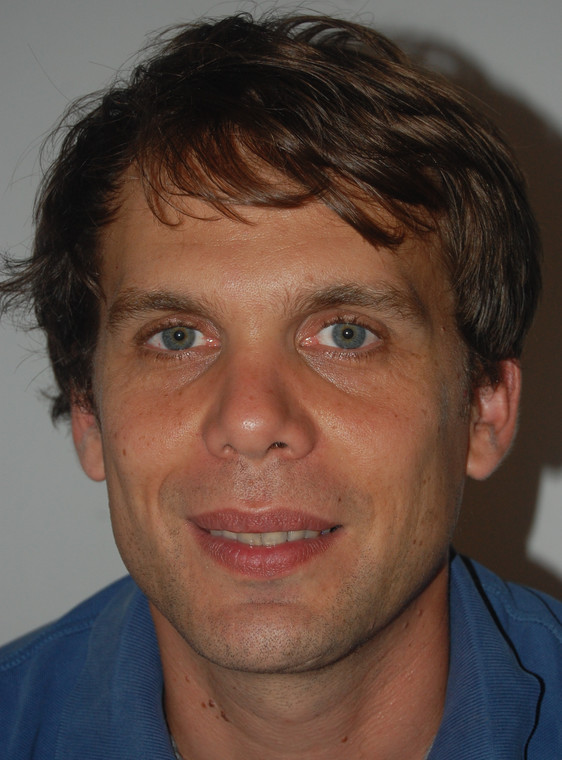PRESENTATION OF THE INSTITUTE
INRA was set up in 1946 in response to pressing demands from society to “feed France.” Today challenges such as climate change, the nutritional status of populations, the ecological equilibrium of rural areas and the competitiveness and sustainability of production are global in nature, and agriculture plays a key role in overcoming them. INRA’s research is at the heart of these issues. The French National Institute for Agricultural Research (INRA) produces scientific knowledge and works for economic and social innovation in the areas of food, agriculture and the environment. There are 18 Research Centers (mainly in France and overseas departments), more than 200 Research Units and 50 experimental & technical platforms. With 74% of staff based in the provinces on more than 150 sites, the Institute is present in almost all French regions, including those overseas.The missions:
-
Produce scientific knowledge
-
Develop innovations and know-how
-
Inform public decision-making
-
Develop scientific culture and participate in the science/society debate
-
Contribute to training in and through research
-
Promoting ethics and a code of conduct
Website: http://www.inra.fr/en/Scientists-Students
UR454 INRA SAINT-GENES-CHAMPANELLE
The Research Unit UR454 belongs to the Microbiology and Food Chain Department (MICA) and is localized in Saint-Genès-Champanelle, France. The Research Unity’s project aims to characterize the adaptation of bacteria, including enterhemorrhagic Escherichia coli (EHEC), to digestive and food environments and the interactions of intestinal microbiota with humans. UR454 goals are related to human health through food safety, prevention of infectious diseases at EHEC and functional pathologies. The area of expertise is the digestive and food microbial ecosystems and their interrelations with the host, animal or human (impact on nutrition and health) or environment (quality of food).
Website : https://www6.ara.inra.fr/microbiologie
ROLE IN THE PROJECT
Sub-project 5: Role of protein secretion in adaptation of L. monocytogenes
STAFF INVOLVED
Michel HÉBRAUD
Education
-
2014: Habilitation provided for 5 years by the Scientific Council of the University of Auvergne for teaching in the area of “Life sciences”.
-
2006: Habilitation à Diriger des Recherches (HDR), Université Blaise Pascal – Clermont-Ferrand.
-
1988: Ph.D. Production and characterization of hydrolases secreted by the rumen anaerobic fungi, Université Claude Bernard – Lyon I.
Professional and teaching experience
-
Since November 2006:
Research Director ([DR2] “Directeur de Recherche, 2ème classe”) Institut National de la Recherche Agronomique (INRA), Centre de Recherche Clermont-Ferrand/Theix, UR454 Microbiologie, F-63122 Saint-Genès Champanelle, France. -
January 1996 – October 2006:
First class Senior Scientist [CR1] Institut National de la Recherche Agronomique (INRA), Centre de Recherche Clermont-Ferrand/Theix, UR370 Meat Research Station, F-63122 Saint-Genès Champanelle, France. -
Since 1996:
Lecturer on short-term contracts for a total of 60 to 70 h/year for 2nd-year Bsc students and 2nd-year MSc students at the University Blaise Pascal and University of Auvergne, Clermont-Ferrand; University of Bourgogne, Dijon, France. Courses and practical works in Biofilm formation, Quorum sensing, Psychrotrophic bacteria and adaptation to low temperatures, Proteomic analyses; tutored projects. -
September 1989 – December 1995:
Second class Junior Scientist [CR2] Institut National de la Recherche Agronomique (INRA), Centre de Recherche Clermont-Ferrand/Theix, UR370 Meat Research Station, F-63122 Saint-Genès Champanelle, France
Research Interests
Molecular microbiology, particularly in relation with food safety; Adhesion and biofilm formation of bacteria on abiotic surfaces; Stress resistance/adaptation and persistence in food plant environment; Cleaning-disinfection treatments; Proteomic approaches.
Mains publications:
-
Renier, S.*, Chafsey, I.*, Chambon, C., Caccia, N., Charbit, A., Hébraud, M.* and Desvaux, M.* 2015. Contribution of the multiple Type I signal peptidases to the secretome of Listeria monocytogenes: Deciphering their specificity for secreted proteins by exoproteomic analysis. J. Proteomics, 117: 95-105. *Share the first and last authorships respectively.
-
Renier, S., Chagnot, C., Deschamps, J., Caccia, N., Szlavik, J., Joyce, S., Popowska, M., Hill, C., Knøchel, S., Briandet, R., Hébraud, M. and Desvaux, M.. 2014. Inactivation of the SecA2 protein export pathway in Listeria monocytogenes promotes cell aggregation, impacts biofilm architecture and induces biofilm formation in environmental condition. Environ. Microbiol., 16: 1176-1192.
-
Renier, S., Chambon, C., Viala, D. Chagnot, C., Hébraud, M. and Desvaux, M. 2013. Exoproteomic analysis of the SecA2-dependent secretion in Listeria monocytogenes EGDe. J. Proteomics 80: 183-195.
-
Renier, S., Micheau, P., Talon, R. Hébraud, M. and Desvaux, M. 2012. Subcellular localization of extracytoplasmic proteins in monoderm bacteria: rational secretomics-based strategy for genomic and proteomic analyses. PLoS One, 7: e42982.
-
Renier, S., Hébraud, M. and Desvaux, M. 2011. Molecular biology of surface colonization by Listeria monocytogenes: an additional facet of a Gram-positive foodborne pathogen. Environ. Microbiol. 13: 835-850.
Full list of publications: http://www.researcherid.com/rid/D-1009-2009
Contact: michel.hebraud@inra.fr
UR1077 MaIAGE JOUY-EN-JOSAS
Applied Mathematics and Computer Science, form Genomes to the Environment (MaIAGE) is a research laboratory in Jouy-en-Josas, France. The MaIAGE laboratory gathers mathematicians, computer scientists, bioinformaticians and biologist to tackle problems coming from biology, agronomy and ecology. MaIAGE develops original methods in mathematics, statistics and computer science which are generic or driven by specific biological problems. A particular attention is paid to develop and make available softwares, databases, ontologies and web services so that biologists can use them easily to analyze their data or to mine the scientific literature.
Website : http://maiage.jouy.inra.fr/?q=en/home
ROLE IN THE PROJECT
Sub-project 9: Transcription regulatory network construction
STAFF INVOLVED
Vincent FROMION
Education
Postdoc position (INRIA) at University Southern California, Los Angeles, USA and at University “Sapienza”, Roma, Italy (1996-97)
PhD in Automatic control (1995) and HdR (2006), Université Paris-Sud
Professional and teaching experience
-
Since 2006:
Senior Research Scientist at INRA – Jouy-en-Josas -
1999-2006:
Research Scientist at INRA – Montpellier -
1997-1999:
Engineer at Matra-Transport International Company (France) -
1995-1996:
Engineer at ONERA
Research Interests
The main scientific interests of V. Fromion are in the fundamental research on Systems and control Theory: linear and nonlinear control. He has a great interest to the so-called robust control approach and he made contributions in the extension of the H-infinity control approach to the nonlinear context. He also had an interest in a related question about the theoretical foundation of the gain scheduling approach and about subjects on the LPV analysis and control in collaboration with Pr. Gérard Scorletti. He has also strong interest for various kinds of applications. His first interest was about the control of highly-maneuverable missiles. More recently, He investigated modeling and control problem attached to open channel hydraulic systems in collaboration with Dr. X. Litrico. Since 2005, he joined the MaIAGE laboratory in order to head a project on Systems Biology about the understanding of regulatory networks of biological system. He has been involved in the EU BaSysBio project (2006-2010) and BaSynthec project (2010-2013) where He led the System Biology/Synthetic workpackage. He also coordinates the French project “Institute for Modelling Living Systems” (IMSV, 2013-2016) involving 11 research institutions and 6 Labex of the University of Paris-Saclay, France.
Main recent publications:
-
Goelzer, A, Muntel, J, Chubukov, V, Jules, M, Prestel, E, Nölker, R, … & Fromion, V (2015). Quantitative prediction of genome-wide resource allocation in bacteria. Metabolic engineering, 32, 232-243.
-
Muntel, J, Fromion, V, Goelzer, A, Maaβ, S, Mäder, U, Büttner, K, … & Becher, D (2014) Comprehensive absolute quantification of the cytosolic proteome of Bacillus subtilis by data independent, parallel fragmentation in liquid chromatography/mass spectrometry (LC/MSE). Molecular & Cellular Proteomics, 13(4), 1008-1019.
-
Maaβ, S, Wachlin, G, Bernhardt, J, Eymann, C, Fromion, V, Riedel, K, Becher, D, & Hecker, M (2014) Highly precise quantification of protein molecules per cell during stress and starvation responses in Bacillus subtilis. Molecular & Cellular Proteomics, 13(9), 2260-2276.
-
Goelzer, A, & Fromion, V (2014) Towards the modular decomposition of the metabolic network. In A Systems Theoretic Approach to Systems and Synthetic Biology I: Models and System Characterizations (pp. 121-152). Springer Netherlands.
-
He, F, Fromion, V, & Westerhoff, H V (2013) (Im) Perfect robustness and adaptation of metabolic networks subject to metabolic and gene-expression regulation: marrying control engineering with metabolic control analysis. BMC systems biology, 7(1), 131.
-
Fromion, V Leoncini, E & Robert, P (2013) Stochastic gene expression in cells: A point process approach. SIAM Journal on Applied Mathematics, 73(1), 195-211.
-
Nicolas P, Mäder U, Dervyn D*… , Fromion V, Goelzer A…, Jules M…, & Noirot P (2012) Condition-dependent transcriptome reveals high-level regulatory architecture in Bacillus subtilis. Science, 335:1103-6.
Contact: Vincent.fromion@inra.fr
Sophie SCHBATH
Education
-
1992 Master degree in Probability and Statistics (University Paris XI)
-
1995 PhD thesis in Statistics (University Paris V) : “Asymptotic distributions of word count in Markov chain models ; application to the identification of unexpected motifs in DNA sequences”
Professional and teaching experience
-
1996-2005:
Young Researcher in Statistics at the French National Institute for Agricultural Research (INRA); Biometrics Lab (1996-1999) then Mathematics, Informatics and Genome (MIG) Lab (2000-2005), Jouy-en-Josas, France. -
From 2006 :
Director of Research in Statistics/Bioinformatics at INRA; MIG Lab (2006-2014) then MaIAGE Lab (from 2015) -
2012-2014 and 2015-2019:
Head of the MIG Lab; Head of the MaIAGE Lab. -
2010-2016:
President of the French BioInformatics Society, http://www.sfbi.fr -
2006-2013:
Codirector of the French GdR Molecular Bioinformatics http://www.gdr-bim.cnrs.fr
Research Interests
Statistical analysis of motif occurrences in biological sequences; metagenomics
Publications:
List of publications: http://genome.jouy.inra.fr/~schbath/schbath-publis.html
Complete CV: http://genome.jouy.inra.fr/~schbath/papiers/complete-cv.pdf
Home page: http://genome.jouy.inra.fr/~schbath/index.html
Contact: Sophie.Schbath@inra.fr
Pierre NICOLAS
Education
-
2003 Ph.D in Biomathematics, Joint research laboratory (CNRS, INRA, Université d’Evry)
Professional and teaching experience
-
Since 2005:
Researcher at INRA Jouy-en-Josas -
2004-2005:
Postdoctoral Research Associate at University of Southern California, Computational Biology Department
Research Interests
My research focuses mainly on statistical bioinformatics with applications to bacterial genome analysis (genome analysis, transcriptomics, population genetics). In particular, I have a strong interest for the analysis of sophisticated statistical models involving unobserved latent variables that can serve to represent complex dependences such as arising in phylogenetically, spatially, or temporally related data.
Publications:
List of publications: http://genome.jouy.inra.fr/~pnicolas/
Contact: pierre.nicolas@inra.fr
See the others partners beneficiaries
![]() This project has received funding from the European Union’s Horizon 2020 research and innovation programme under the Marie Sklodowska Curie grant agreement n° 641984
This project has received funding from the European Union’s Horizon 2020 research and innovation programme under the Marie Sklodowska Curie grant agreement n° 641984




